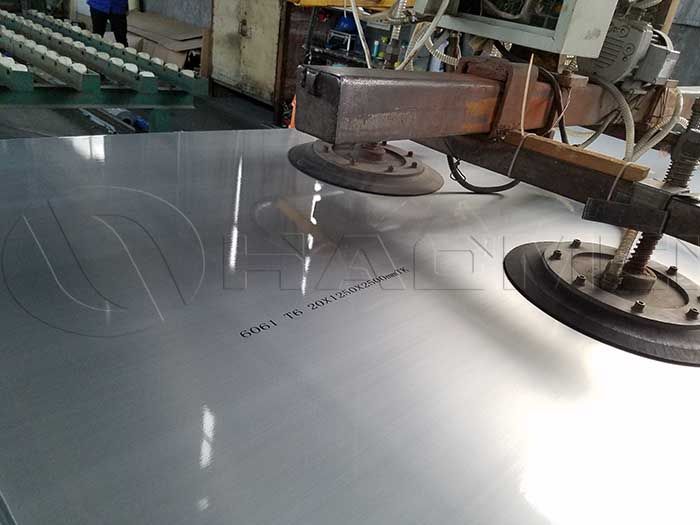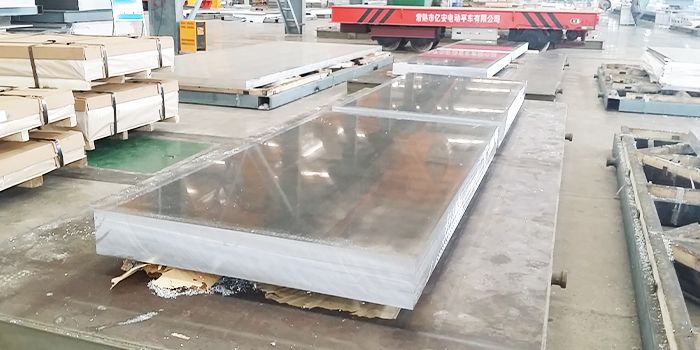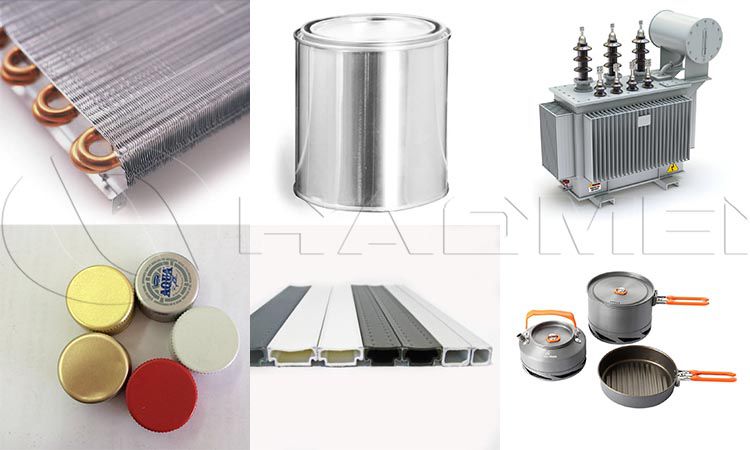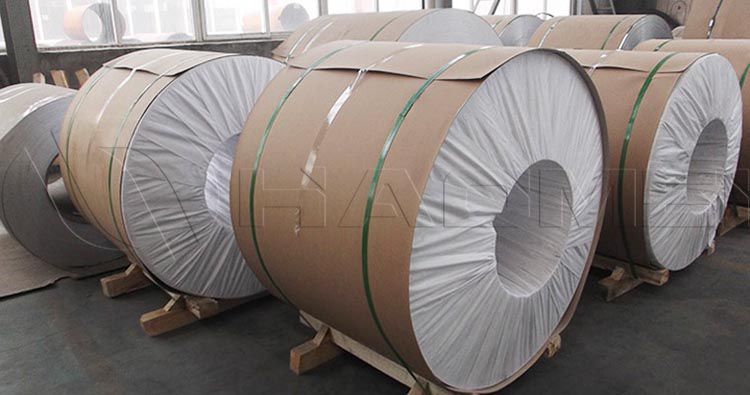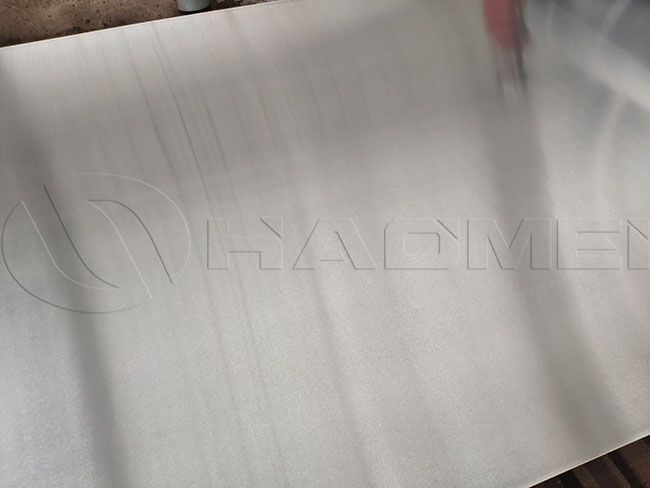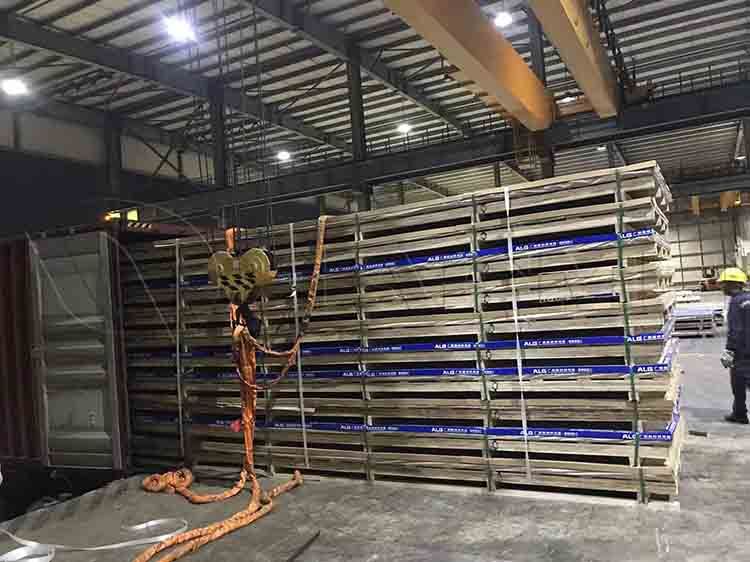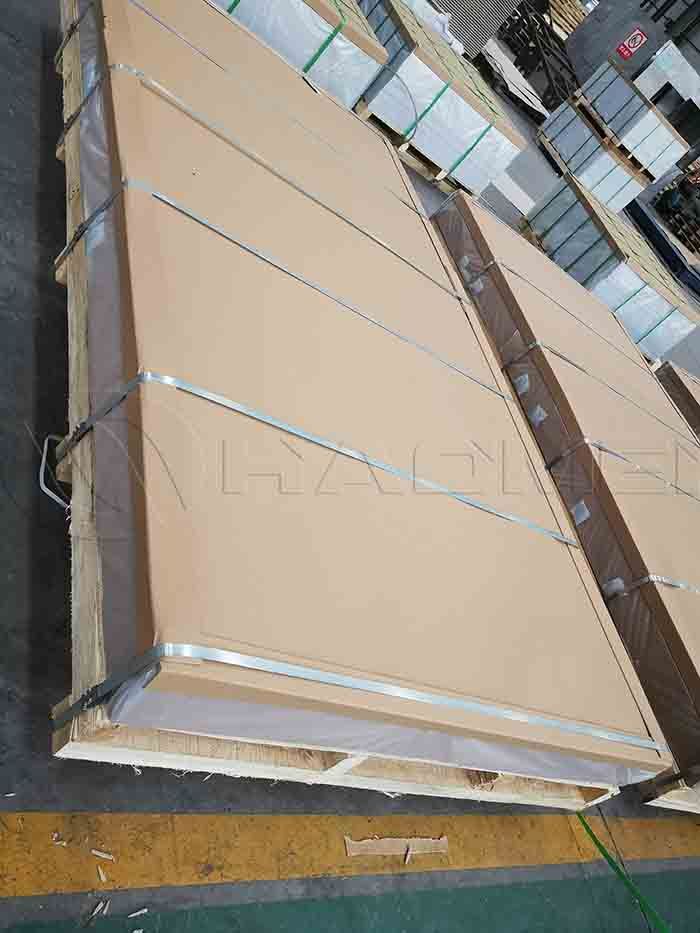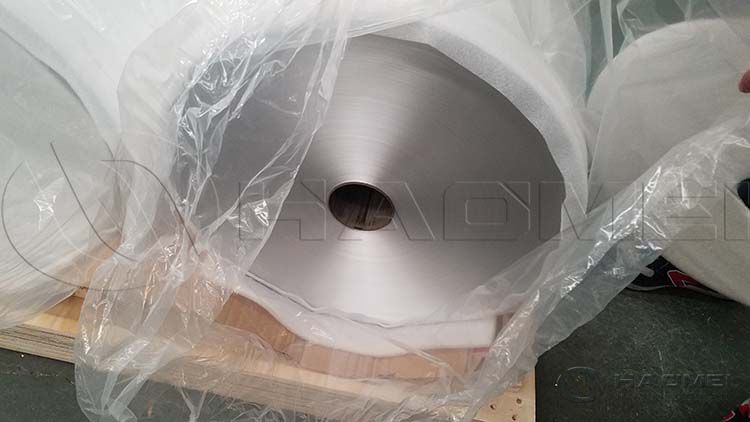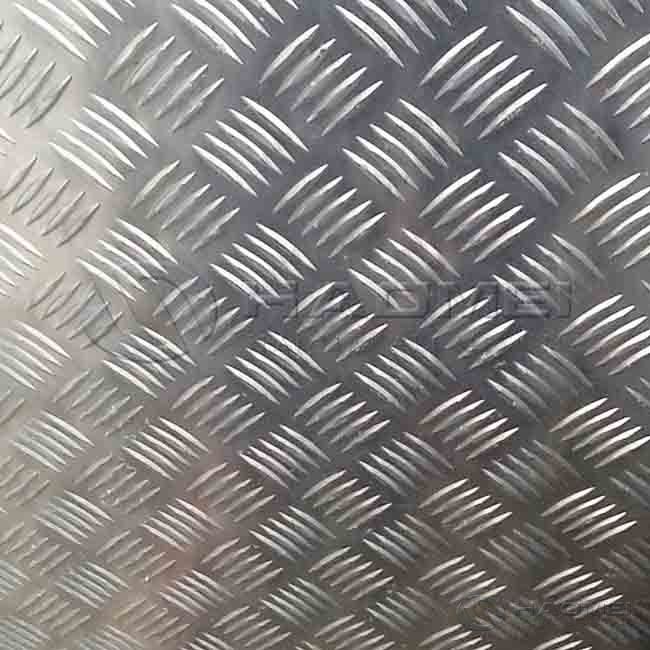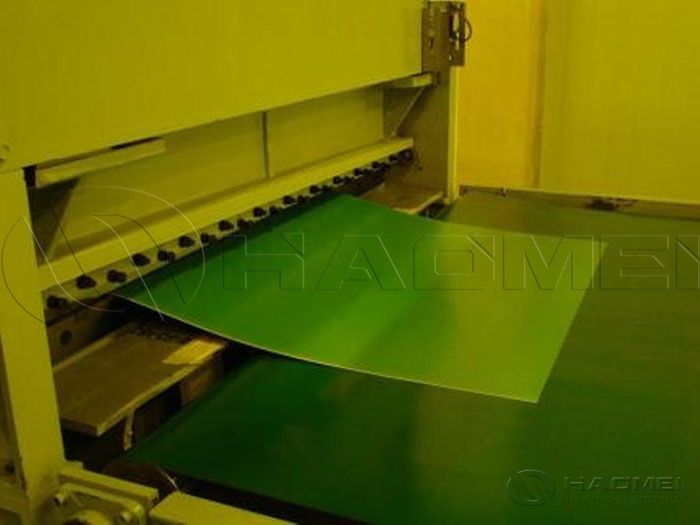Aluminum alloys are mainly used as structural materials in aircraft, such as skins, frames, propellers, fuel tanks, wall panels and landing gear struts. The aluminum alloys used for large aircraft structures in the world today are mainly high-strength 2xxx aluminum alloy series (2024, 2224, 2324, 2424, 2524, etc.) and ultra-high-strength 7xxx series (7075, 7475, 7050, 7150, 7055, 7085, etc.), respectively accounting for 38% and 45% of the aluminum materials used in civil airplanes.
2xxx aluminum alloys have high tensile strength, toughness and fatigue strength, good heat resistance, processing and welding properties, and are widely used in aerospace, automobile and weapon industries. The main grades are 2A01, 2A02, 2A06, 2A11, 2A12, etc. A series of alloys, such as 2024, 2124, 2524, and 2324 alloys, have been developed to improve strength, strength-toughness matching, and damage tolerance performance.

Among the 2xxx aluminum alloys, 2024 aluminum alloy invented in 1939 is a more commonly used one. The 2024 alloy brought great changes to the structure and performance of the aircraft, and also laid the foundation for the development of the 2xxx aluminum alloys.
2024 aluminum alloys are commonly used in T3 and T4 tempers, which which have high plasticity, fatigue life, fracture toughness and fatigue crack growth resistance, but poor corrosion resistance. This aluminum thick plate is mainly used in fuselage, wing, shear ribs and webs, and other structural parts that require high strength. Artificial aging can be used to improve the corrosion resistance, heat resistance and yield strength of 2024 alloy, but the plasticity and fatigue fracture resistance will be reduced, and the fatigue crack growth rate will also be accelerated.
2A12 aluminum is a high-strength duralumin, It has higher Mn and its Mg content is increased to 1.5%. The high temperature strength of this duralumin is higher than that of standard duralumin and super duralumin. 2A12-T4 alloy aluminum plate has high strength and qualified plasticity. It is the most widely used duralumin in the aviation industry.
2014 aluminum is an Al-Cu-Mg-Si series high-strength wrought aluminum alloy, which can be strengthened by heat treatment. The chemical composition of this alloy is similar to that of 2A14 aluminum alloy, it has high strength and good hot workability, and is easy to forge. The performance is basically the same as 2A14. Due to the high copper content of the alloy, its corrosion resistance is poor, and it is prone to intergranular corrosion and stress corrosion. Its weldability is still good, and its cutting performance is good. Welcome to contact Haomei Aluminum directly, one of the big 2024 t3 aluminum suppliers in China.
Original site: https://www.aircraft-aluminium-sheet.com/a/2xxx-aluminum-alloy-2024-t3aluminum.html
